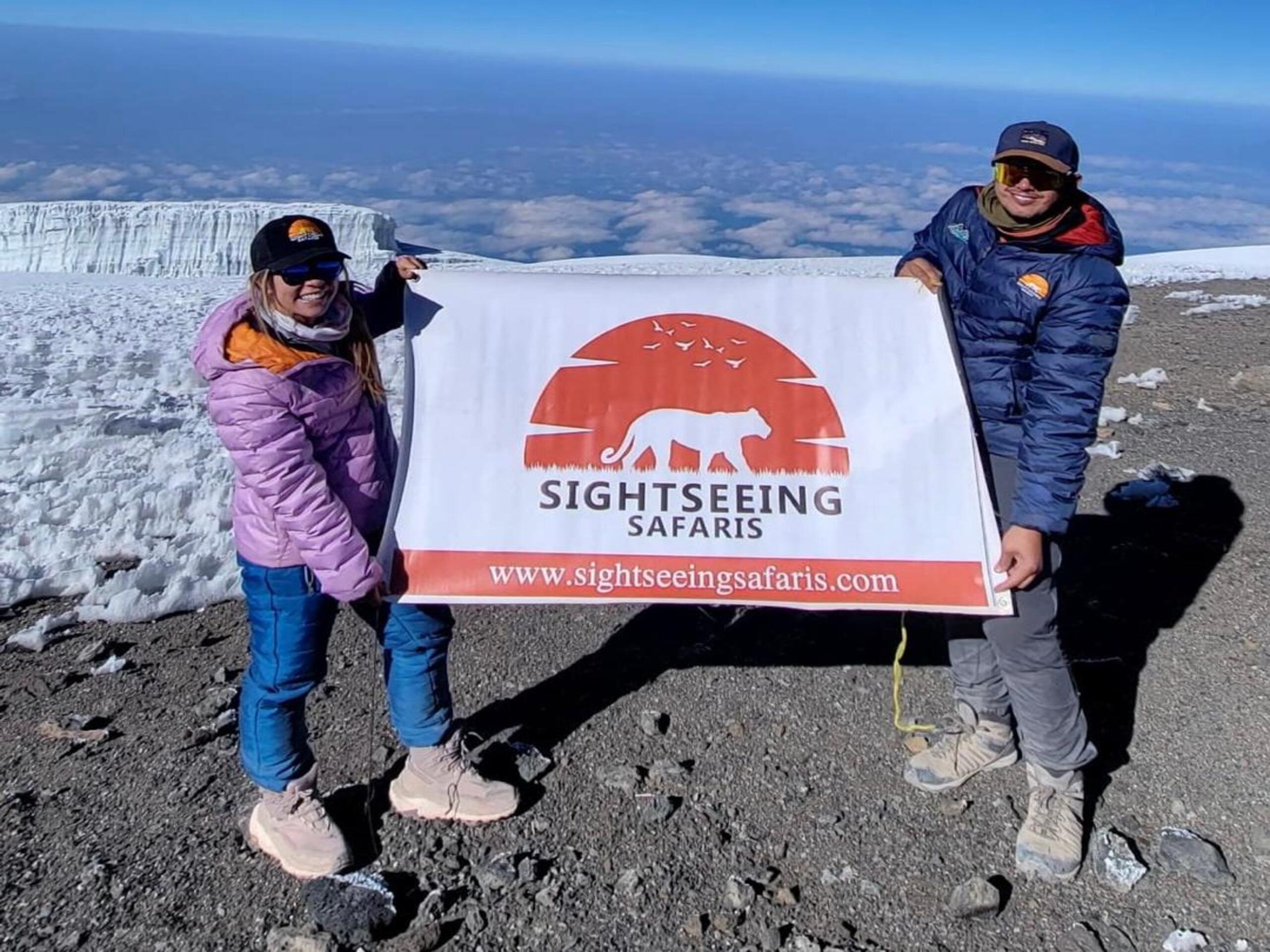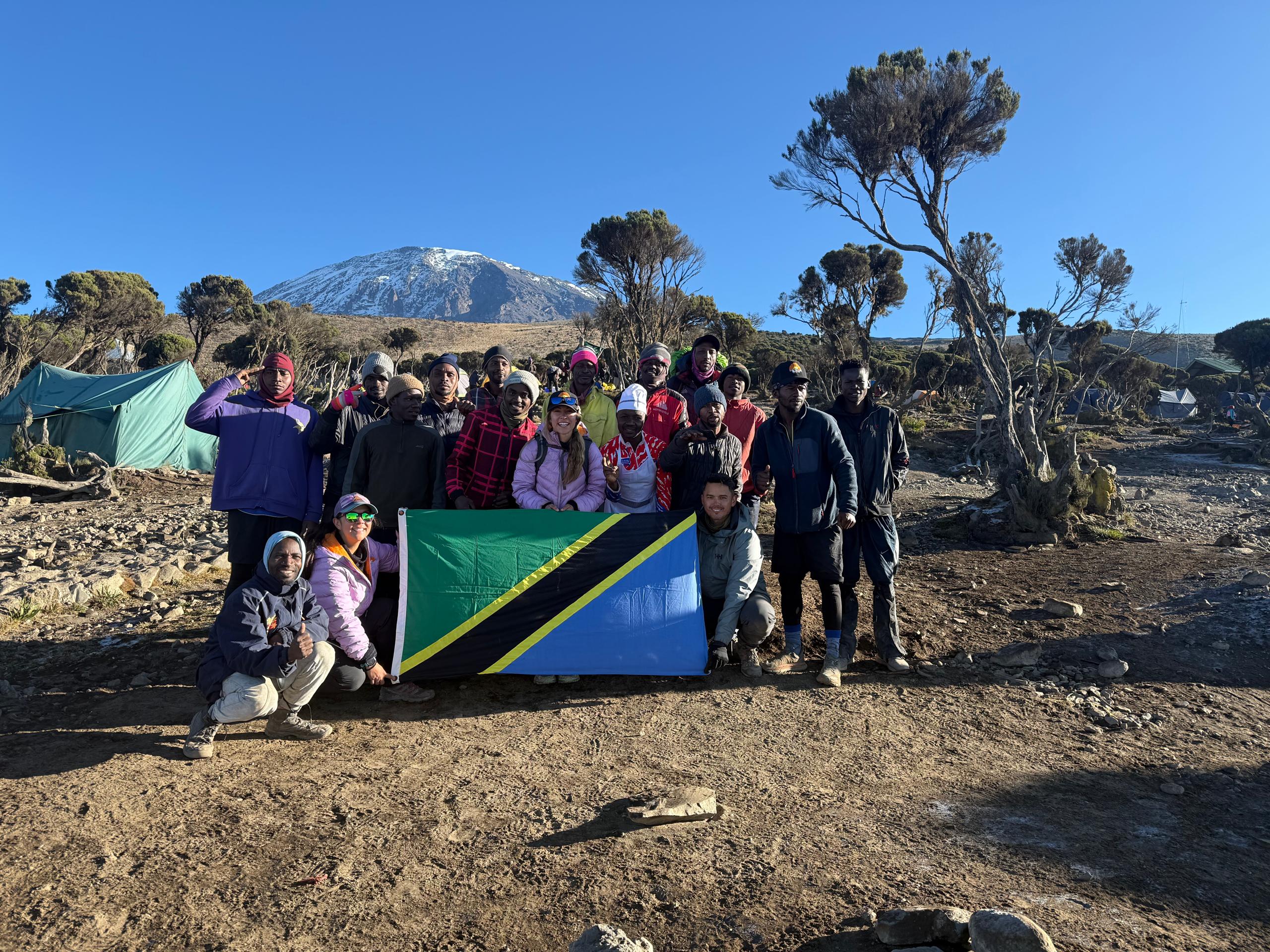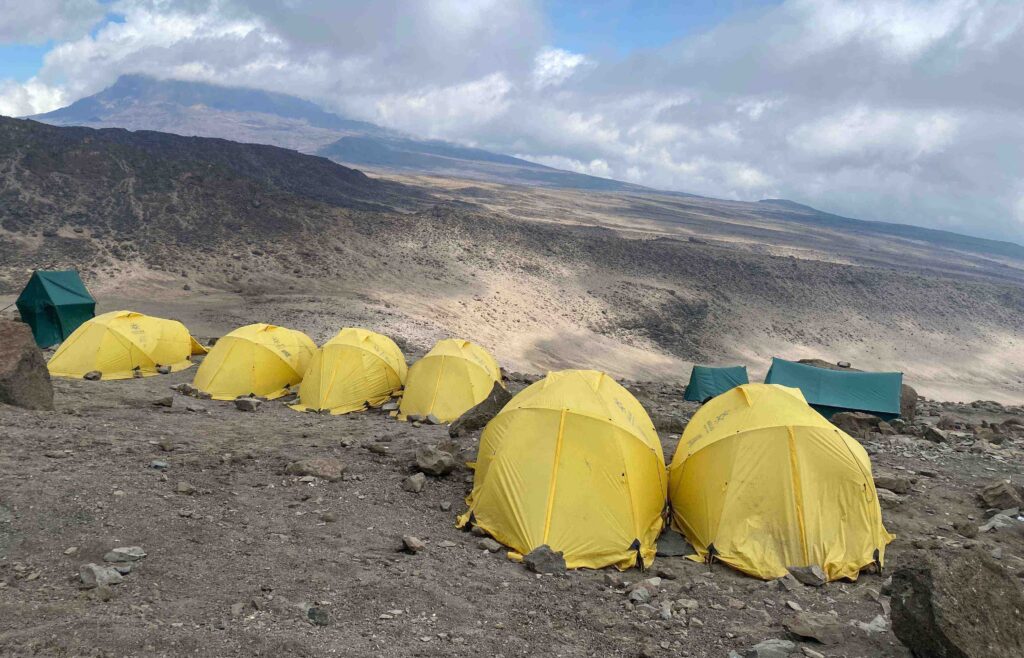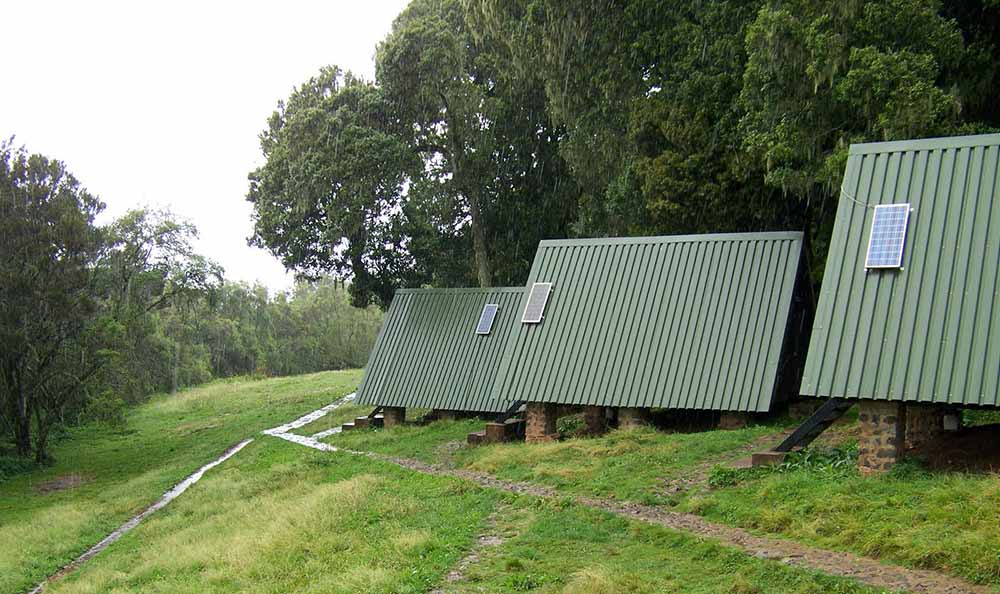Climbing Kilimanjaro
Make your dream come true by climbing Mount Kilimanjaro, the highest mountain in Africa and the tallest free-standing mountain in the world at 5,895 meters.
Overview Mount Kilimanjaro
Mount Kilimanjaro, located in northern Tanzania, is Africa’s highest peak, standing at 5,895 meters (19,341 feet) above sea level. It is made up of three volcanic cones: Kibo, Mawenzi, and Shira. With its snow-capped summit and diverse landscapes, Kilimanjaro offers a breathtaking adventure for trekkers and nature lovers. Whether you dream of reaching the top of Kibo or exploring the beautiful lower slopes, Kilimanjaro promises an unforgettable experience. It also pairs perfectly with exciting safari adventures across East Africa.


When is the best time to go?
The best time to climb Mount Kilimanjaro is during the dry seasons—January to early March and June to October. These months offer clear skies, beautiful views, and lower chances of rain, making the trek more enjoyable and safer. While it’s possible to climb year-round, avoiding the rainy months of April, May, and November is recommended for the best experience.
- Getting There
Kilimanjaro, with its size and high altitude, stretches through several climate zones due to the great variation in altitude on the mountain. This means that the vegetation and climate fluctuate between tropical savanna, rainforest and heathland, before transitioning to alpine desert and glacial landscape.
- Temperature
Since most of the climb takes place at high altitude, it can get really cold with temperatures as low as -25 degrees Celsius. When the sun is out, however, it can get very warm, up to 25 degrees Celsius. The temperature can vary greatly during the same day on the mountain, depending on the weather.
- Rainfall
From January to March, the sun is often out in the morning and afternoon. June to August usually offers clearer and cooler weather. September and October can be milder, creating cloud cover below the tree line, but with clear visibility at higher elevations. During November and December, the weather can vary.
Kilimanjaro Trips
Discover the magic of Mount Kilimanjaro, where soaring peaks and changing landscapes create an unforgettable adventure. Each step brings you closer to breathtaking views and a once-in-a-lifetime experience.
- 8 DAYS/7 NIGHTS
- CLIMBING
- 7 DAYS/6 NIGHTS
- CLIMBING
- 7 DAYS/6 NIGHTS
- CLIMBING
- 6 DAYS/5 NIGHTS
- CLIMBING
- 6 DAYS/5 NIGHTS
- CLIMBING
- 5 DAYS/4 NIGHTS
- CLIMBING
Accommodations in Kilimanjaro
Having experienced guides, good food, and strong tents is very important when climbing Kilimanjaro. Depending on the route you choose, you will either sleep in a cabin or in a tent. On all our trips, we make sure you are comfortable and well-rested every day.
Popular Questions and Answers About Climbing Mount Kilimanjaro
How high is Mount Kilimanjaro?
Mount Kilimanjaro is about 5,895 meters (19,341 feet) above sea level, making it the highest mountain in Africa.
Do I need experience to climb Kilimanjaro?
No, you don’t need technical climbing experience, but you should be physically fit and ready for the challenge.
What is the best time to climb Kilimanjaro?
The best months are January to March and June to October, when the weather is dry and clear.
How many days does it take to climb Kilimanjaro?
Most climbs take between 5 to 9 days, depending on the route you choose.
What are the most popular Kilimanjaro routes?
The most popular routes are Machame, Marangu, Lemosho, Rongai, and Northern Circuit.
Is climbing Kilimanjaro safe?
Yes, it is safe with a good guide, but you must be careful about altitude sickness and always listen to your guide’s advice.
What should I pack for the Kilimanjaro climb?
You need warm clothes, good hiking boots, a sleeping bag, headlamp, and layers for changing weather.
Do I need a permit to climb Kilimanjaro?
Yes, all climbers need a permit, which is usually arranged by us.
Can children climb Kilimanjaro?
Yes, but children must be at least 10 years old. They also need to be fit and well-prepared.
Will I see wildlife on Kilimanjaro?
Yes! In the lower forest zones, you might see monkeys, birds, and other small animals.




